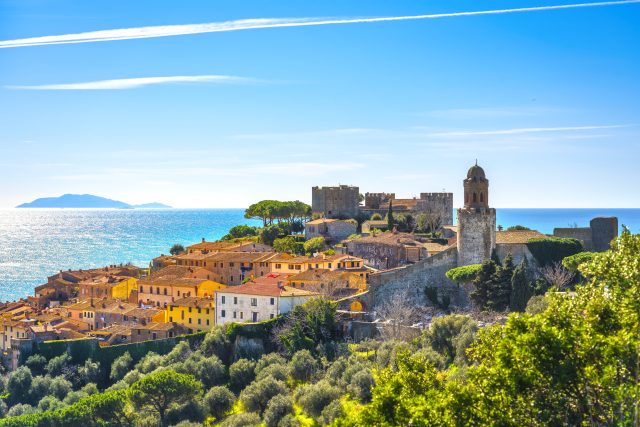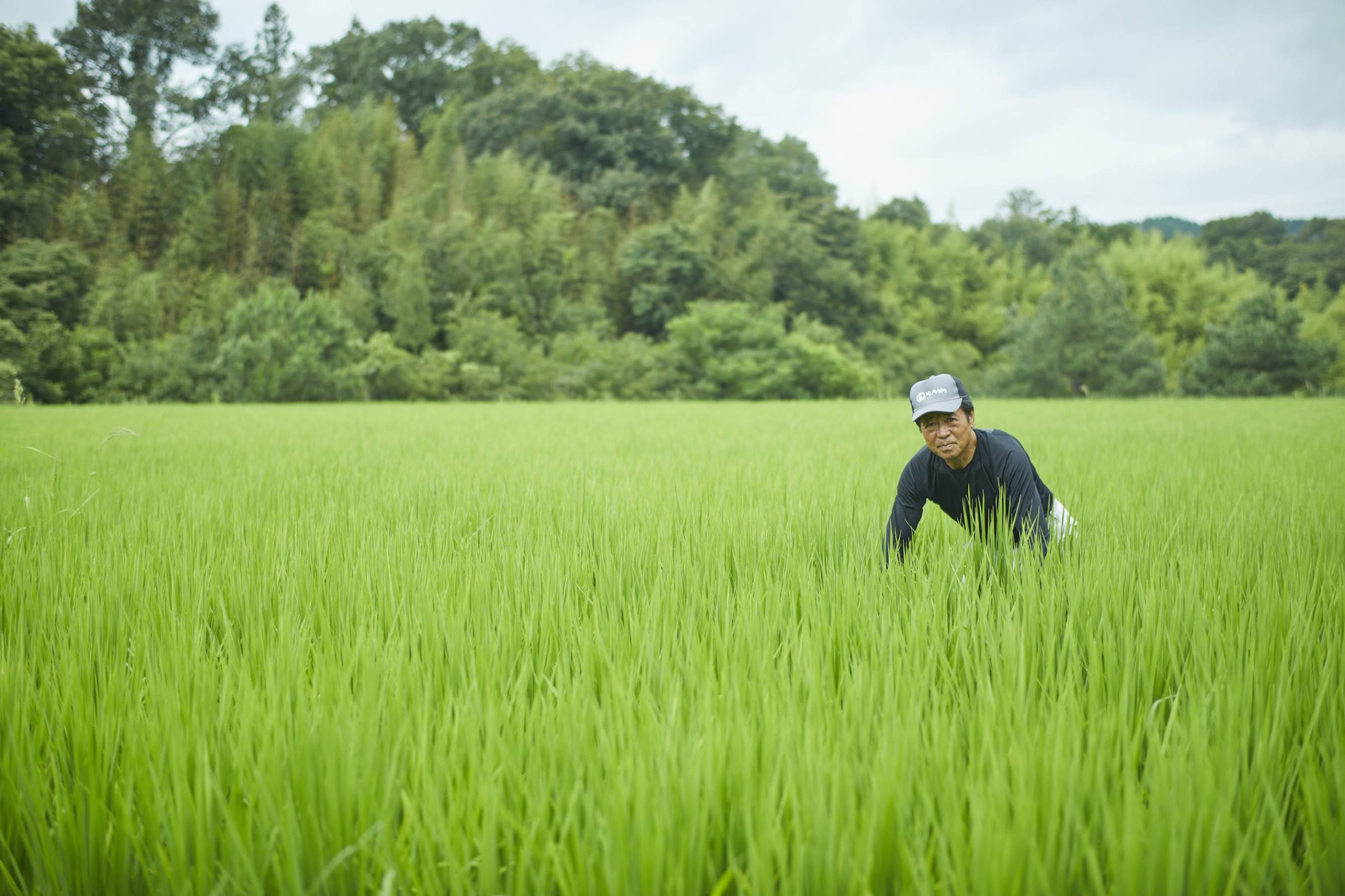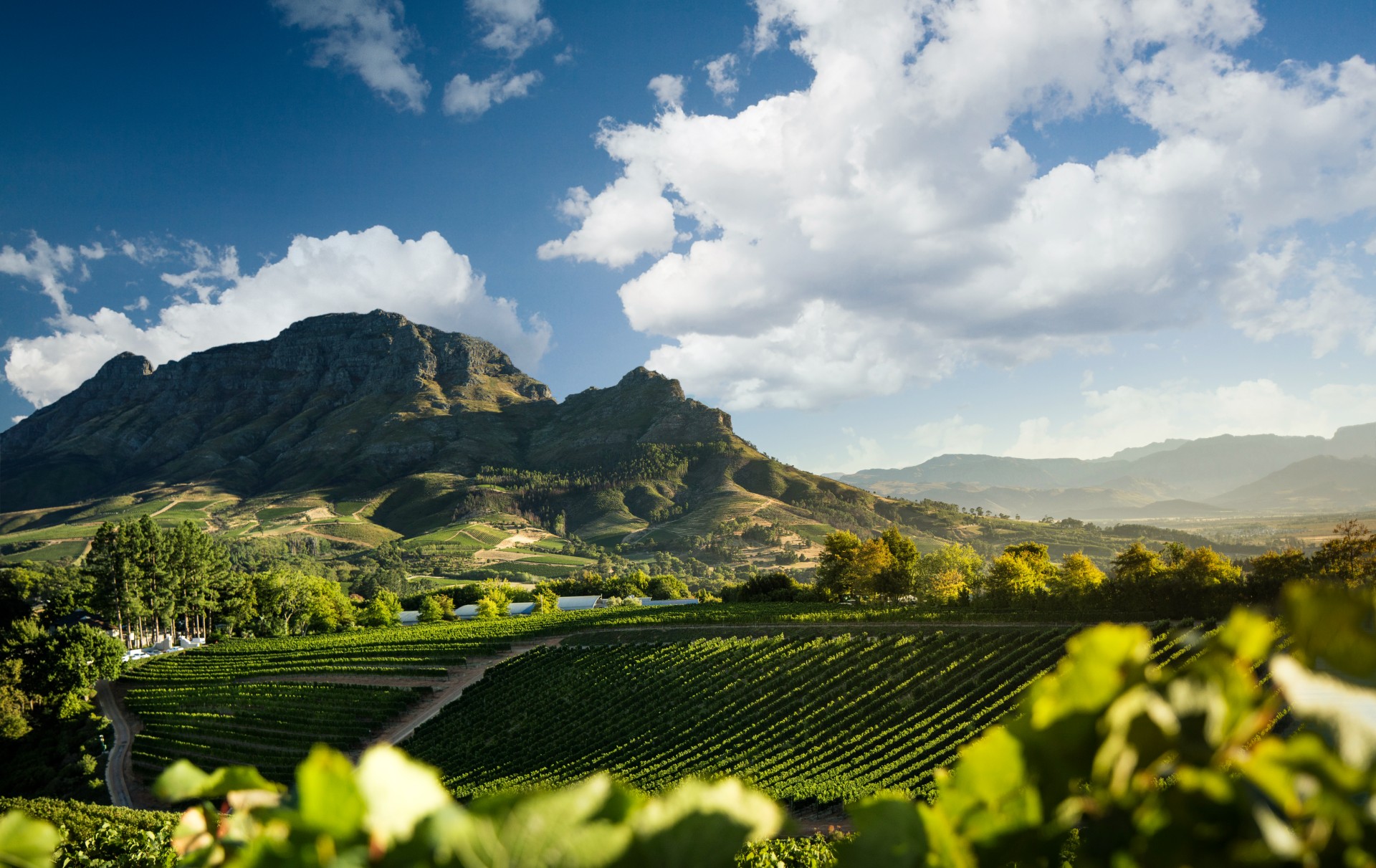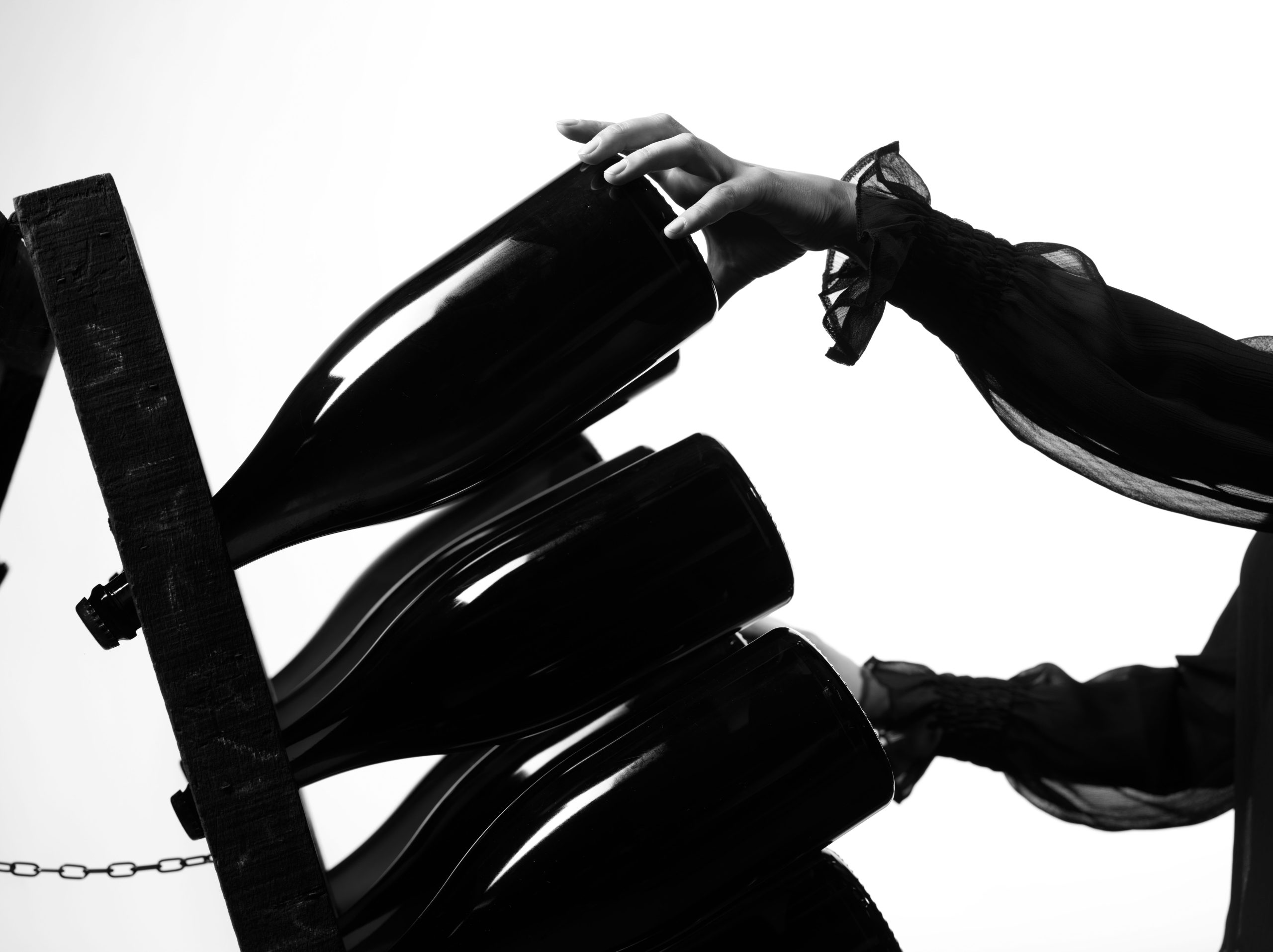Why everyone’s talking about the Maremma
If we had to back one Italian wine region to become a firm fixture in cellars in the next few years, it would be coastal Tuscan sub-region Maremma. Sarah Neish reports.

Tongues have been wagging about Maremma, a corner of southern Tuscany with 160km of unspoiled coastline nudging up to the Tyrrhenian Sea. Claims have been made that it is both Italy’s answer to Provence in terms of becoming a mecca for premium rosé, and judging by the slew of medals it has picked up in db‘s Global Masters competitions, also has increasing potential for fine reds and whites.
Speaking to db, Alessandro Comitini, Italy brand manager for London-based importer Armit Wines, says Maremma’s secret lies in its ability “to combine coastal influence with altitude, producing wines with both a strong Mediterranean profile and superb elegance.”
According to Comitini, Maremma has long been a playground for creative winemakers wanting to break free of the constraints imposed by other appellations. This is due to the expanse and diversity of its terroir as well as a large number of permitted grape varieties, giving winemakers an expansive toolbox to choose from.
“The Maremma has a lot of land to farm, and its proximity to the coast, higher slopes and protective forests all combine to create a fantastic environment for vines to thrive,” Comitini explains. “There are also many more grape varieties (87 in total) available to use compared to other Italian regions. This exciting combination offers winemakers more freedom to develop unique styles which express the exceptional terroir.”
Rosé mecca
One category in which Maremma excels is rosé (rosato) production, with Lamberto Frescobaldi telling db he believes the region could become Italy’s equivalent to Provence for fine pink wines. Frescobaldi, who owns Tenuta Ammiraglia in the region, explains that “the Maremma Vermentino train is already running fast” and that rosé is primed “to jump on it”.
“The abundance of sunlight, paired with the sea air, gives us ideal conditions for producing elegant wines full of generous aromatics,” he says, adding “there is something truly unique about this place.”
But does Maremma have the infrastructure to become the sort of cultural icon destination that Provence has established?
“Yes, absolutely,” says Alexandra Hale, head of marketing and communications for Armit Wines, which currently stocks 11 wines from the region. “Maremma is a desirable coastal destination and (as with the whole of Tuscany) offers great accommodation options, easy accessibility from a range of airports, and stunning weather for much of the year, not to mention the outstanding wine and food options. It has all the essential attributes of an ideal tourist destination.”
Hale highlights The Belle Vite as one example of Maremma producers upping their wine tourism game. Others include Fattoria Le Pupille, housed in an antique farmhouse, and Petrolo, which has a range of villas for guests to stay in.
As for the rosé wines themselves, Comitini says it will be “fascinating to see their evolution.” Maremma rosé is “a touch more full-bodied than most Provencal styles, however it lends itself beautifully to food, whilst still being elegant and refreshing, so there is huge potential there.”
Every price point
A big advantage of the Maremma is that wines span every price point, meaning the region has potential to become both a household name and a firm fixture on the secondary market.
“One of the great opportunities that the Maremma offers is the broad array of price points covered. Wines range from accessible to collectable, offering something for everyone,” says Hale.
The Mongrana Maremma Toscana 2022 from Querciabella, for example, a blend of Sangiovese, Merlot, and Cabernet Sauvignon, is priced at about £20.79 a bottle with Armit, perfect for a weeknight dinner at home. Meanwhile, Fattoria Le Pupille’s “white Super-Tuscan” Piemme, a single-vineyard, barrel-fermented 100% Petit Manseng, has great cellaring potential and is currently priced from £97 a bottle at Armit and Hedonism.
In the pink section, the Aurea Gran Rosè 2023 from Frescobaldi’s Ammiraglia estate retails for about £40, towards the mid-to-top end of the rosè market (Chateau d’Esclans’ Whispering Angel goes for about £20 in the multiples, while Gerard Betrand’s Clos du Temple 2021 is selling for £230 a bottle at Hedonism).
Medal winners
Maremma wines have been performing consistently well in db’s Global Masters competitions over the last 12 months.
Partner Content
Zonin1821’s Rocca di Montemassi Sassabruna 2022, a red blend of Cabernet Sauvignon, Petit Verdot and Syrah, which retails for approximately £55. It picked up a silver medal in this year’s Organic & Vegan Masters competition, with Patrick Schmitt MW describing this wine as having “instant appeal” with “fleshy red cherry and stewed blackberry fruit, then toast and cedar wood notes from barrel ageing, followed by firm, fine, dry tannins on the finish, that bring a refreshing edge to a powerful wine with many layers of delicious and complementary flavours.”
Better still, the producer’s eponymous Rocca di Montemassi Le Focaie wine scored a gold medal in the same competition, evidencing the quality coming out of Maremma at the moment.
Furthermore, Morellino di Scansano picked up a gold in the Global Sangiovese Masters this year for its Roggiano Riserva Morellino di Scansano Riserva DOCG (£20-£30).
Growth potential
According to Dickie Bielenberg and Alice Staple, awareness of Maremma wines has grown considerably in the six years since they opened their London bar and restaurant Maremma.
“When we first opened, awareness of Maremma wines in the UK was still well behind that of many of our European neighbours,” Bielenberg tells db. “However, we’ve seen a real shift. There is now a broader general awareness of Maremman wine across the UK, with more customers curious about the region and keen to learn, even if most wouldn’t yet be able to name a producer off the top of their heads.”
Part of the challenge, Bielenberg says, is that only a small number of UK importers have direct relationships with producers in the region. “We’ve made it a priority to build connections ourselves and now work with around 40 producers, including Tenuta Poggio Rosso, Tenuta Casteani, La Fralluca, Fuori Mondo and Tenuta Ripalte, all of whom are making fantastic wines that deserve a wider audience here. It’s clear there’s a real appetite among UK wine drinkers to discover what the Maremma has to offer.”
Sangiovese success
Unlike much of Tuscany, the Maremma lies on the coast and enjoys a rich seafood culture, with Vermentino the dominant grape. “However, producers are also winning prizes with Chardonnay, Viognier and indigenous varieties like Ansonica, as well as Malvasia and Trebbiano blends,” says Bielenberg. “Rosés from the Maremma, made from Sangiovese, Alicante and Syrah, can easily rival the best of Provence and are becoming increasingly popular with our customers.”
In recent years, Bielenberg has also noticed “exciting growth in Bordeaux blends (Cabernet Sauvignon, Merlot, Cabernet Franc, Petit Verdot), building on the success of Bolgheri wines just to the north. Morellino di Scansano is possibly the region’s most famous DOCG, producing some of the finest Sangiovese wines in Italy.”
Household name
Bielenberg believes that Maremma will increasingly become a household name in the UK.
“It’s an exciting time for the Maremma, with significant investment coming in from major producers like Antinori, which only underlines the potential of this remarkable region. There’s a real momentum building, with more drinkers seeking out what the Maremma has to offer.”
Later this year, Bielenberg and his business partner Staple plan to launch a direct to consumer website for Maremma wines, “focusing on the UK market and giving customers the chance to bring a taste of the region into their homes. It’s an exciting next step for us and for the wines of the Maremma,” he says.
Armit Wines also believes the Maremma has strong potential for growth in the coming years.
“We have been listing wines from the region since 1998 and are really looking forward to watching Maremma evolve as more people discover the diverse and appealing styles on offer,” says Hale.
And with Tuscany being one of the two best-selling Italian fine wine regions in the last 12 months, enthusiasts will doubtlessly be intrigued to learn more about its coastal progeny.
Related news
Italy's biggest online wine retailer fined for falsely claiming products were discounted
Bvlgari Hotels shine spotlight on Italy’s women of organic wine




